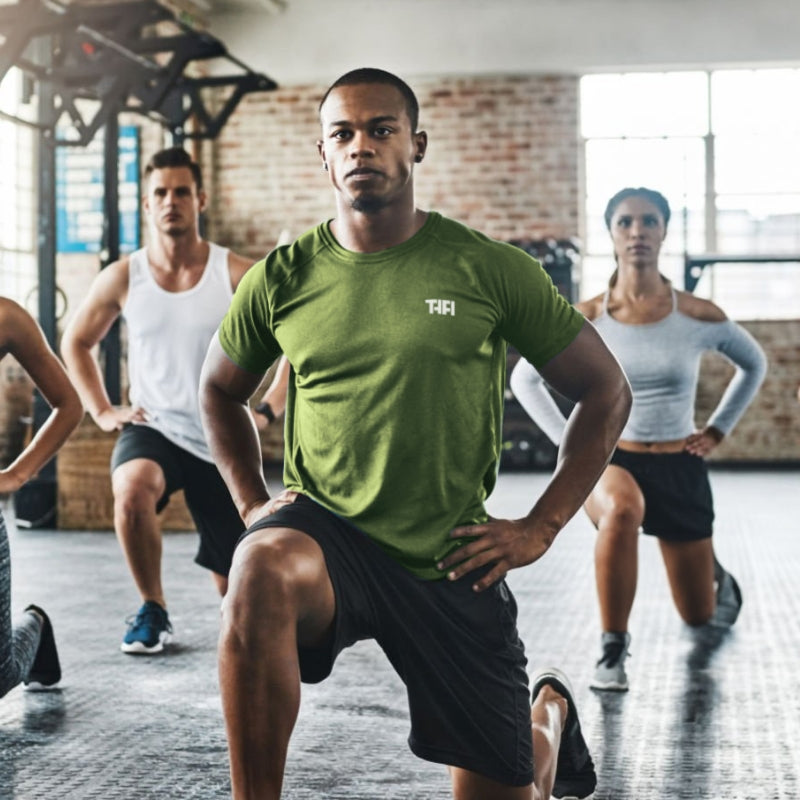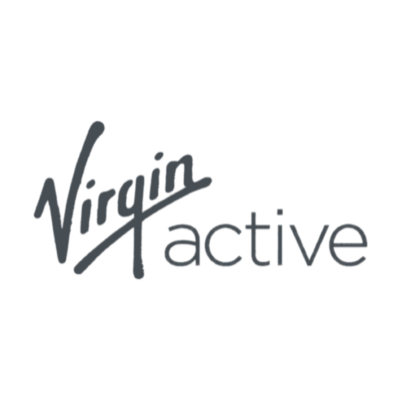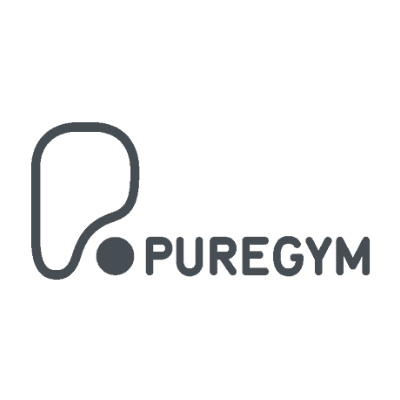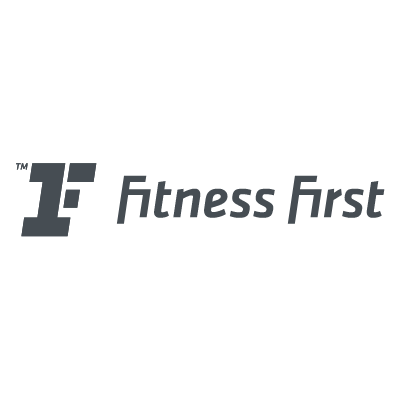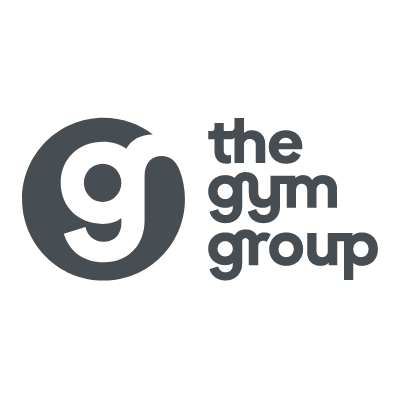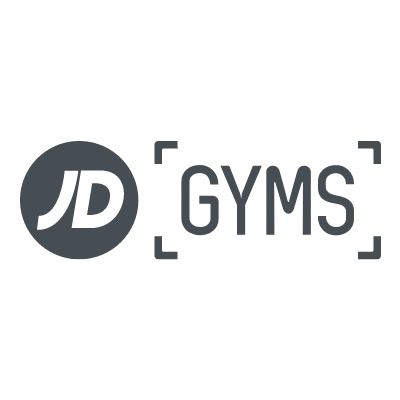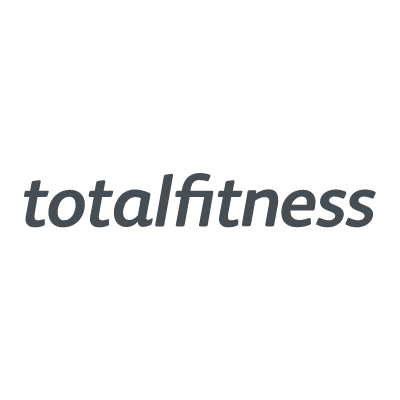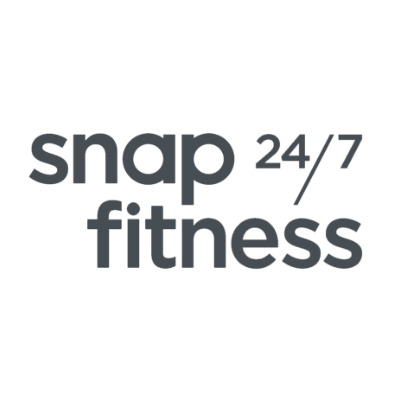The Best Strategies for Building a Strong Fitness Community

It can often feel like a ‘lonely road’ for newly qualified personal trainers…
You know you’ve got all the skills and the right attitude, but you’re struggling to attract new clients.
Or perhaps you aren’t getting as many word-of-mouth referrals as you’d have hoped.
That’s why it’s so important you build a community…
Many successful trainers start by completing online pt courses that not only teach coaching skills but also cover client retention and community-building strategies.
Whether it be on a forum, social media, or even in person, it means your clients will feel connected.
You’ll quickly build a tight-knit group of clients who know they can turn to you for support and advice.
These same people are then more likely to refer you to their friends to help you grow your business tenfold.
If you want to know where to start building your own community, read on…
Understand your target audience
Identify your ideal client
To build a community that resonates, start by defining your target demographic. Who are the people you want to attract? Consider factors such as age, fitness levels, goals, and interests. For instance, if you specialise in strength training for young professionals, tailor your community efforts to that group. Take time to create a detailed profile of your ideal client, which can guide your marketing strategies and community-building efforts.
Build client personas
Once you’ve identified your ideal clients, create detailed client personas. These profiles should encapsulate their motivations, pain points, and preferences. Understanding your clients on a deeper level allows you to tailor your offerings and communications to meet their specific needs. For example, if you find that many of your potential clients struggle with motivation, you might focus on creating a community that provides strong support and encouragement. This information will help you create a community that feels personal and relevant, increasing the likelihood that clients will engage and stay committed.
Create a welcoming environment
The power of inclusivity
Inclusivity is crucial in building a strong community. Ensure that your space is welcoming to all fitness levels and backgrounds. This means using accessible language in your communications, providing modifications during workouts, and actively encouraging participation from everyone, regardless of their starting point.
Inclusivity isn’t just about physical accessibility; it’s also about emotional and social aspects. Create an environment where everyone feels valued and respected. This might involve training your staff to be sensitive to different backgrounds and experiences, ensuring that everyone can find a place in your community.
Create a welcoming atmosphere
A positive atmosphere encourages client engagement and retention. Create an environment where achievements—no matter how small—are celebrated. Regularly highlight client successes through social media shout-outs, testimonials, or community boards.
Consider implementing a “Client of the Month” program that recognises hard work and dedication. This not only boosts morale but also inspires others to push themselves. Remember, people want to be part of a community that lifts them up. Celebrate birthdays, fitness milestones, or even personal achievements outside of fitness. This holistic approach to community building creates a supportive network.
Encourage your clients to support one another as well. This could mean establishing a buddy system where more experienced clients help newcomers or hosting regular team-building events that foster collaboration and camaraderie.
Engage with your community
Use social media well
Social media is a powerful tool for building community. Use platforms like Instagram and Facebook to connect with clients, share valuable content, and promote upcoming events. Create engaging posts that reflect your brand’s values and mission. Regular interaction, such as responding to comments or sharing user-generated content, helps create a sense of community and keeps your brand top of mind.
Consider hosting regular Q&A sessions on social media where clients can ask fitness-related questions. This not only positions you as an expert but also encourages engagement. Creating a branded hashtag can also help clients feel connected; they can share their fitness journeys and see others in the community doing the same.
Host community events
In-person and virtual events are fantastic opportunities to strengthen community ties. Consider organising workshops, fitness challenges, or social gatherings. These events not only allow clients to interact but also foster a sense of camaraderie.
Think outside the box—host themed workout sessions, community runs, or charity events. Encourage clients to bring friends along to widen your community and create a more inclusive atmosphere.
Additionally, consider offering free or low-cost introductory classes to attract new clients. This not only showcases your training style but also allows prospective clients to experience the community first-hand.
Build relationships
Effective communication is key to nurturing your community. Practice active listening during sessions, allowing clients to express their concerns and goals. Open lines of communication foster trust and loyalty, which are essential for a strong community.
Check in with clients regularly, either through face-to-face conversations or digital communication. A simple “How are you finding your workouts?” can go a long way in making clients feel valued. Regularly solicit feedback to show that you care about their experiences and are committed to improving your services.
Consider implementing a monthly newsletter that shares updates, success stories, and educational content. This not only keeps your clients informed but also reinforces your role as a leader in the community.
Offer value beyond training
Provide educational resources
Position yourself as an authority in your field by offering educational content. Create blog posts, videos, or newsletters that address common client questions or concerns. This not only adds value to your services but also keeps clients engaged and invested in their fitness journey.
Consider collaborating with other fitness professionals or experts in related fields (like nutrition or mental health) to provide diverse content. Hosting webinars or workshops on topics like nutrition, injury prevention, or mental resilience can further enhance your credibility and attract a broader audience.
Develop group programs
Group training sessions can foster camaraderie and support. Consider creating small group classes focused on specific goals, such as weight loss or strength building. These sessions can be more cost-effective for clients and allow you to work with multiple individuals at once, maximising your time and income potential.
Additionally, group programs often create a sense of accountability. When clients see familiar faces in each session, they are more likely to return consistently. This builds a supportive network that encourages everyone to push themselves.
Encourage client feedback
Create a feedback loop
Encourage clients to share their experiences and suggestions. Use surveys or informal check-ins to gather feedback on your services and community activities. This not only demonstrates that you value their opinions but also helps you identify areas for improvement.
Consider offering incentives for feedback, such as discounts on future sessions or entries into a prize draw. This can motivate clients to participate and share their insights, ultimately enhancing the community experience.
Involve your clients in decision-making
Empower your clients by involving them in community decisions. This could include selecting event themes or choosing workout formats. Creating opportunities for clients to voice their preferences fosters a stronger connection to your brand and encourages active participation. Involving clients in planning events or classes can lead to innovative ideas that you may not have considered. For instance, if clients express interest in outdoor workouts, consider organising a seasonal fitness boot camp in a local park.














